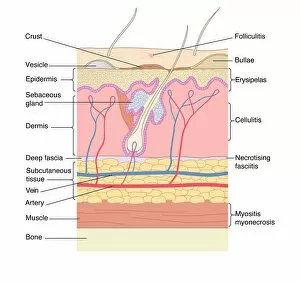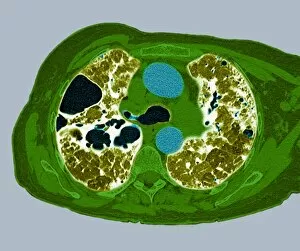Bullae Collection
Discover the intriguing connection between ancient Amar Bullae, bullae as skin disorders, and modern medical imaging
For sale as Licensed Images
Choose your image, Select your licence and Download the media
Discover the intriguing connection between ancient Amar Bullae, bullae as skin disorders, and modern medical imaging. Bullae, derived from the Greek word for bladder, were once used in Etruscan art and jewelry, crafted from clay around 400-350 BC. Fast forward to present day, and bullae reemerge in medical terminology, representing raised, fluid-filled lesions on the skin. In the realm of pulmonary health, it can of particular interest, appearing as large, round, air-filled sacs on CT scans in patients with lung fibrosis. This condition, characterized by scarring and thickening of lung tissue, can lead to serious breathing difficulties. As we delve deeper into the world of medicine, it's fascinating to see how the ancient and the modern intertwine, with bullae serving as a reminder of the rich history of art and the ever-evolving advancements in medical technology.



